The OnePlus 9 Pro made me fall in love with Android again — here’s why
The best elements of Android are on display in OnePlus' latest phone
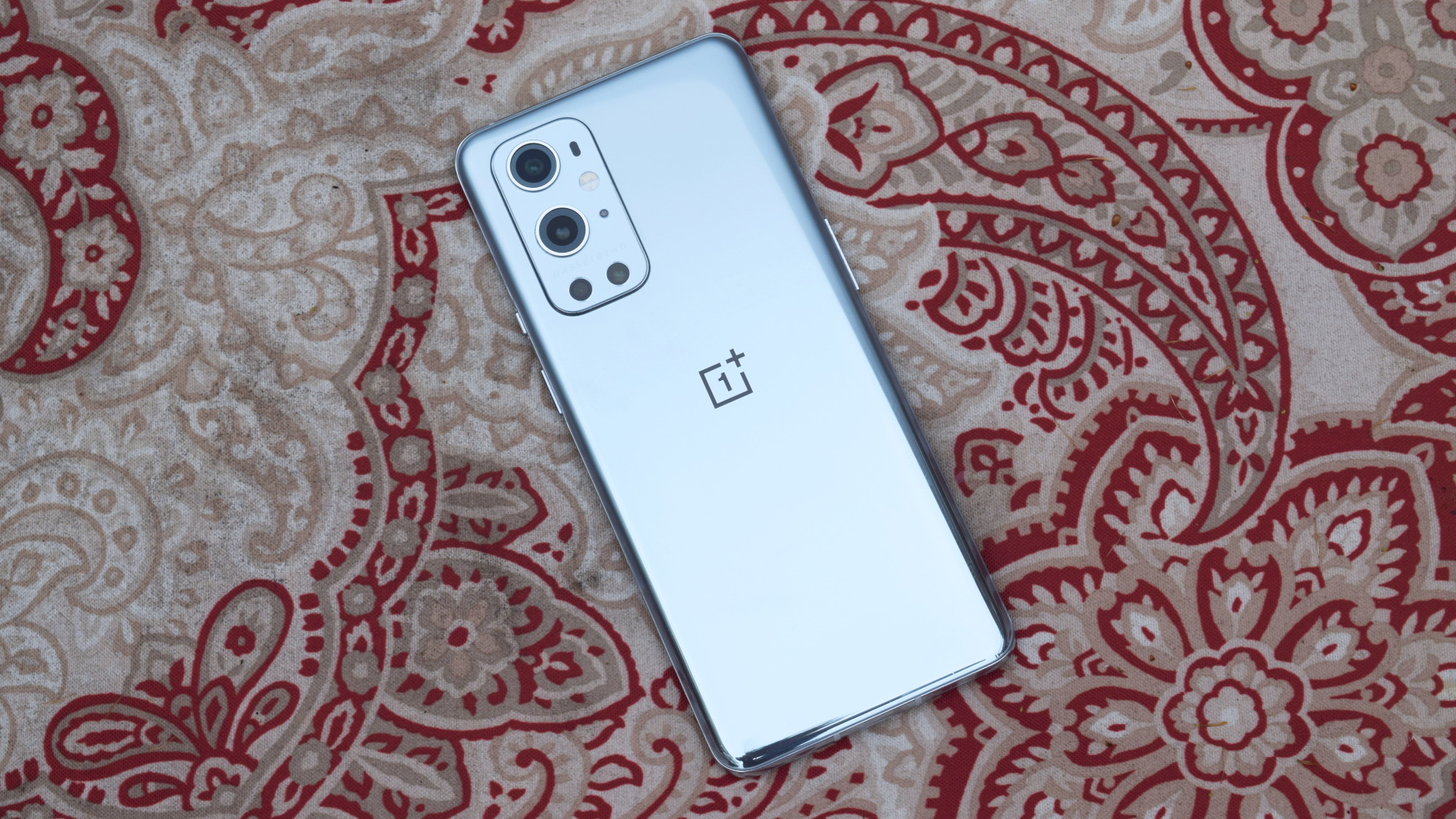
The OnePlus 9 Pro is an excellent device, heading up our list of the best Android phones and challenging for the title of best phone overall. But more importantly, this new OnePlus flagship rekindled my love for Android.
If you’ll recall, I switched to iOS after over a decade on Android. The iPhone 12 Pro had become my daily driver and I was adapting to life in the Apple ecosystem.
- OnePlus 9 Pro vs. iPhone 12 Pro: Which comes out on top?
- OnePlus 9 review: A must-have phone
- Plus: The iPad mini 6 desperately needs a redesign — here’s why
Then the OnePlus 9 Pro arrived on my doorstep. I hadn’t used a OnePlus device since 2018's OnePlus 6 (which I quite liked), so I hadn’t experienced the changes to the company’s Android skin, OxygenOS. I knew that version 11 had stirred up some controversy because it departed from the design language that many — myself included — had come to love about OxygenOS.
Despite my initial misgivings, I came to enjoy OxygenOS and appreciate it. I had grown bored of Samsung’s One UI and even the Pixel experience, but OnePlus’ software helped relight my fire for Android. At first, I couldn’t understand why — all I knew was that I loved using the 9 Pro.
But as I’ve pondered this, I realized that it comes down to the overall user experience and the software’s speed and smoothness (thanks in part to the OnePlus 9 Pro's dynamic 120 Hz display). That’s all well and good, but liking the OnePlus 9 Pro and loving Android again aren’t the same thing. What about this phone made me want to switch back to Android? It comes down to what I couldn't stand about iOS and what I enjoyed about OxygenOS.
Gripes with iOS
When I wrote about switching to iOS, I mentioned a couple of sticking points that made me pine for Android land and what I knew. Key among those was notifications. I despise notifications on iOS. I still don’t understand how or why they’re grouped together, or why dealing with them is so clunky and unpleasant.
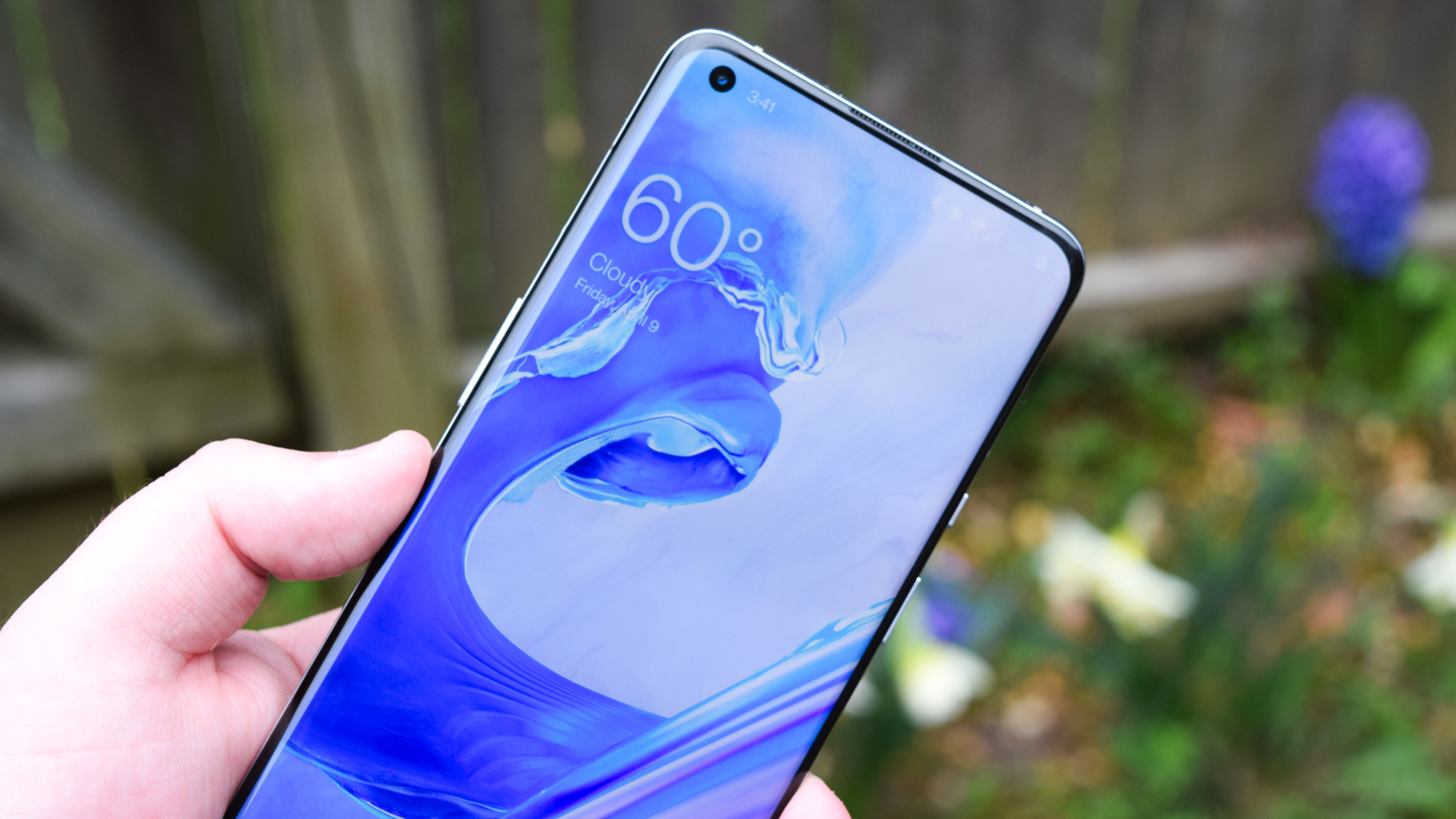
I’m more than happy to complain about this all day long, but I’ll spare you. Going over to the OnePlus 9 Pro, I immediately remembered one of the things I love most about Android: my conversations are grouped differently than my main notifications, and silent items are placed below all of that.
Managing everything is easy, I can expand what I need to, and I can clear away it all with a single tap when I’m done. Boom, simple. Replying inline to a message, deleting an email, or checking/clearing a news headline or weather report can all be done in the span of a few seconds with some swipes and taps. I cannot say the same for using an iPhone.
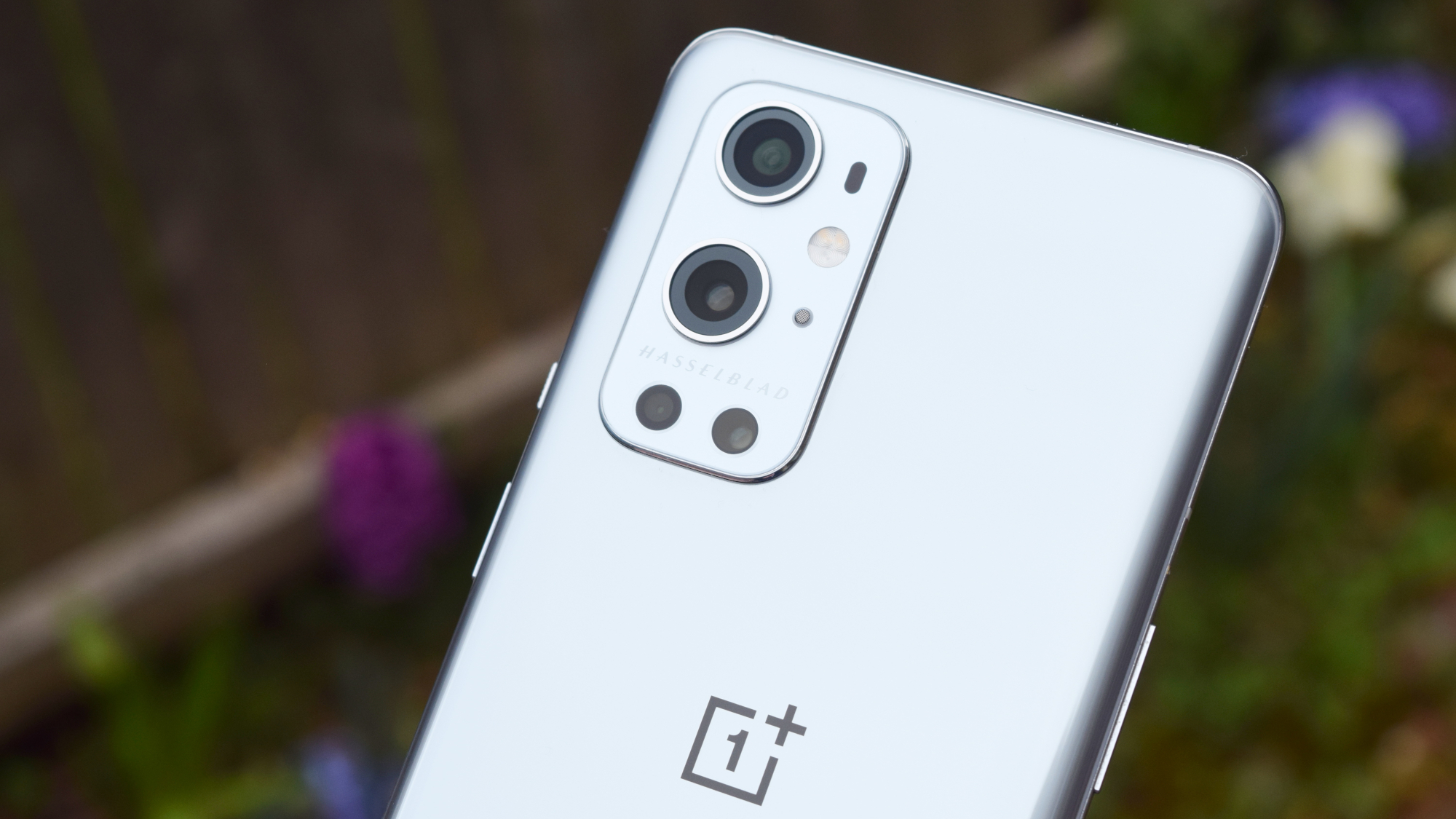
While using iOS full-time, I came to really dislike the stock keyboard on the iPhone. I know that a few years back, Apple opened up the operating system to allow for third-party keyboards. A good thing, for sure, but it quickly became obvious that things weren’t as simple as swapping a keyboard on Android. And even on iOS 14, the experience left me frustrated.
I prefer Gboard on both Android and iOS, but the experience on the latter is almost enough for me to grit my teeth and use the default iOS keyboard. There’s a huge button in the bottom left of the screen to switch between keyboards and I’ve accidentally pressed it so many times — and hitting the cog icon also switches the keyboard.
At random points, especially when entering passwords, you’re stuck with the iOS keyboard. It’s janky and it sucks to use. Yes, iOS is a walled garden and Apple wants you to use its stuff, but why open it up if you’re going to hamstring the experience?
I got over the honeymoon phase with iOS and while I still enjoy using my iPhone for the better app experience, I’m less motivated to now. This isn’t just me being resistant to change, mind you, because I welcomed the iOS experience with open arms. While I enjoyed many things, those two pain points nagged at me the entire time.
The OxygenOS user experience
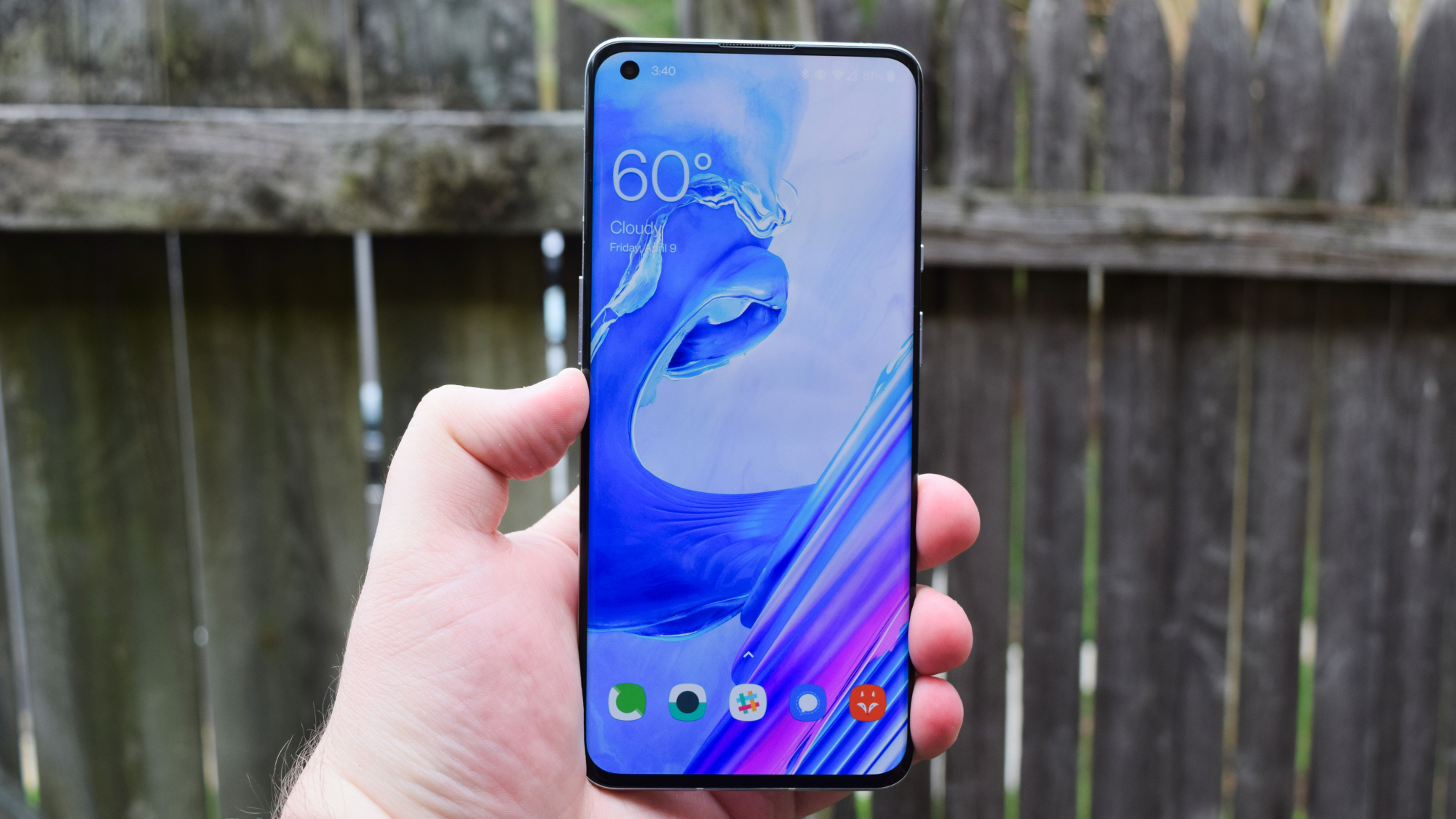
For OnePlus 9 Pro review purposes, I was back on Android. While I can still level the same complaints at Google's software as before, I think I approached them differently coming back. I appreciated notifications again, I valued the apps that did have great design, and I respected all the things that work well on Android.
OnePlus doesn’t mess with too much when it comes to Android, at least on the surface. The company has prided itself on the performance of its phones. Part of that pride comes down to the fact that OxygenOS usually has felt snappier than other Android experiences, even Google’s own. Before high refresh rate displays came along, OxygenOS felt faster likely because OnePlus had sped up the animations ever so slightly to make the phone appear faster. This little trick worked.
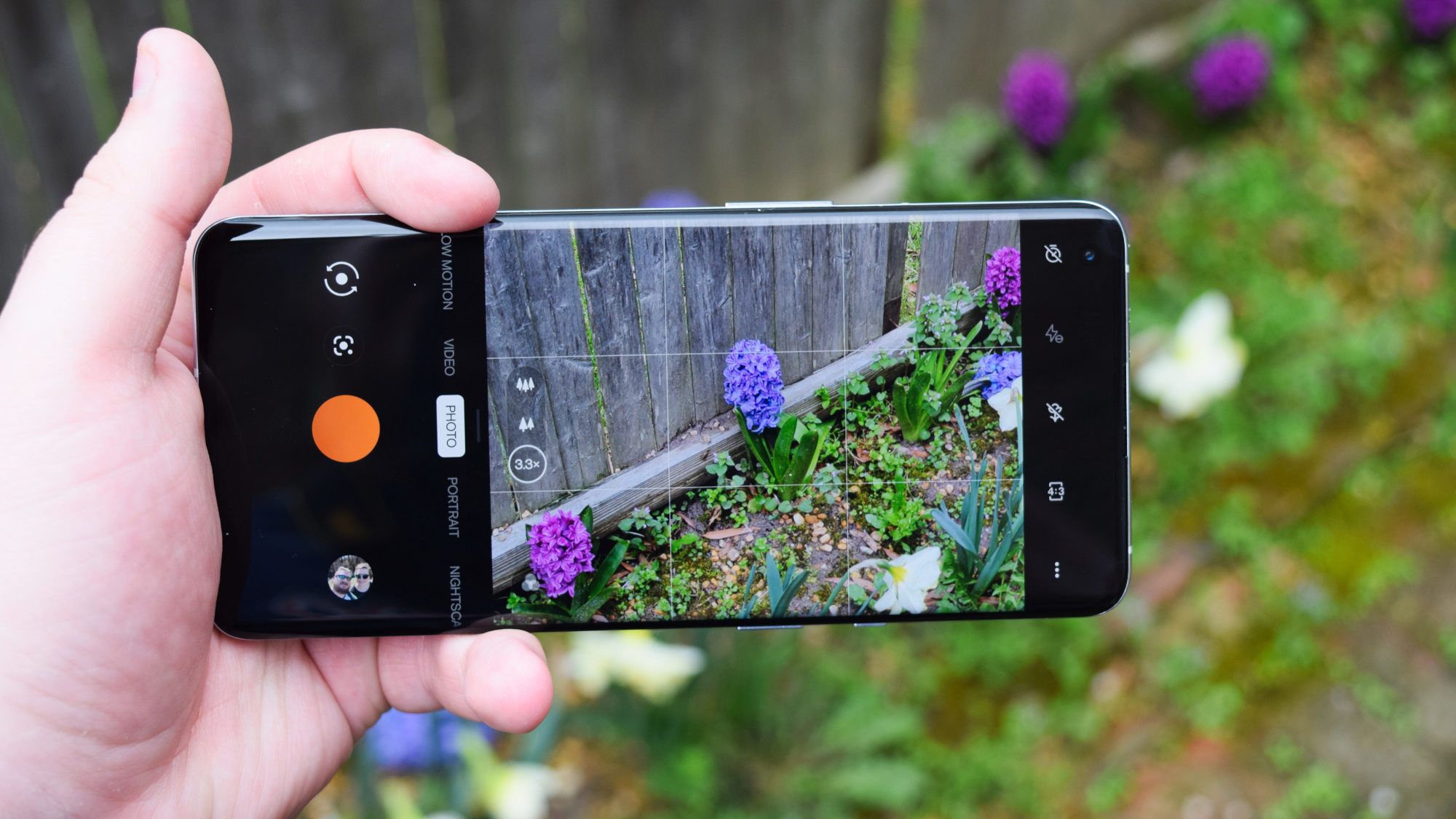
Using the OnePlus 9 Pro, you come to appreciate how fast everything is. OxygenOS seemingly irons out the kinks I noticed on my Pixel 4 XL and beautifies everything that I found drab on the Galaxy S21 Plus. There’s something so satisfying about pulling down the notification shade to quickly reply to a message, manage Spotify playback, or toggle one of the Quick Settings (like Zen Mode) easily. The feedback is instant — there is no delay.
Staying flexible with Android
Coming back to Android again after a month felt weird. A month, after all, isn’t that long. I wondered how I had adjusted to iOS so quickly, when I was constantly complaining to myself and my wife about the notifications and keyboard. Looking back, that month felt longer in retrospect than it did living it.
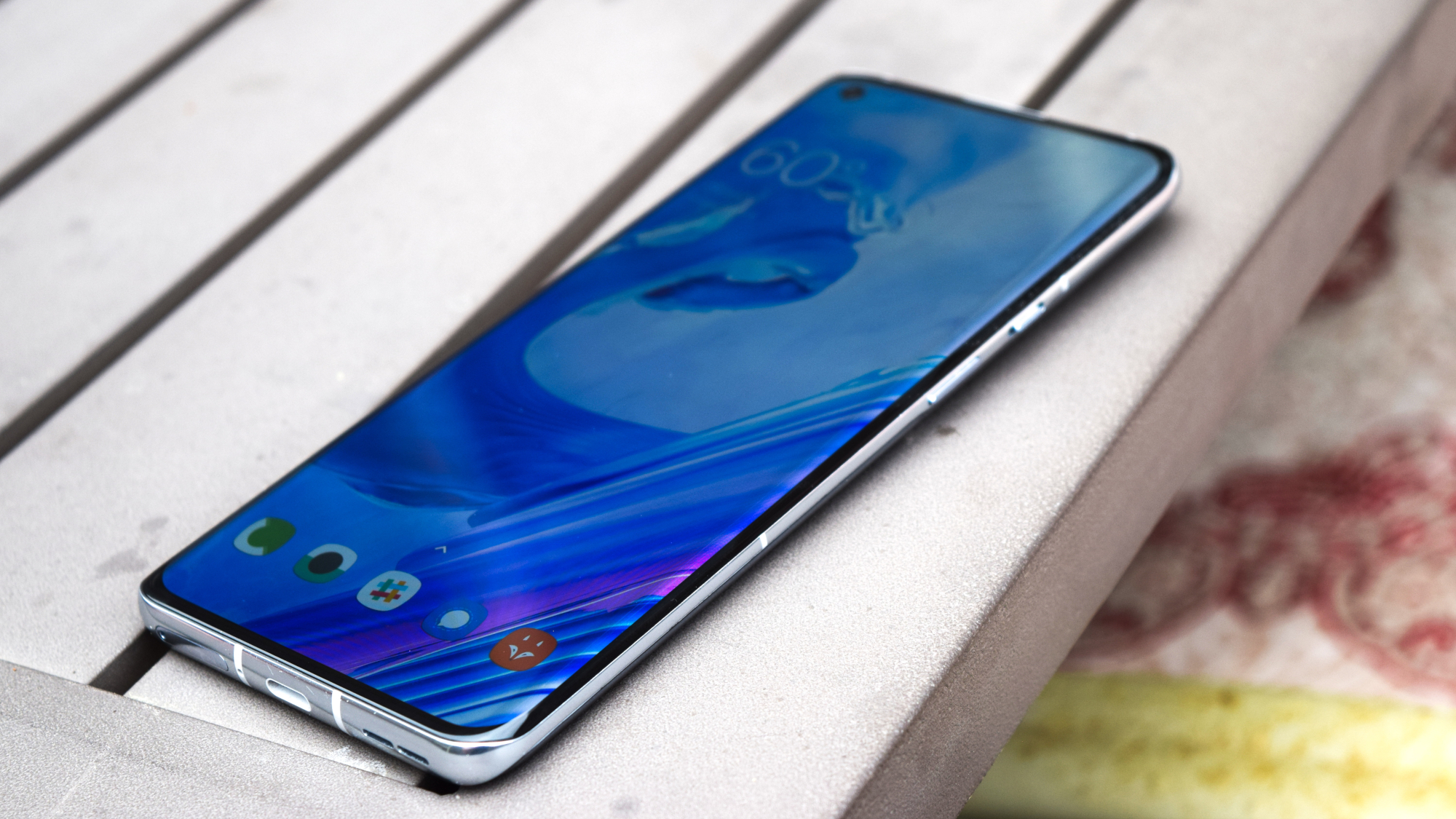
I concluded my article about switching to iOS by saying that I needed to find the solution that worked best for me. At the time, I was speaking about letting go of tribal loyalties to make sure that I chose the best device and OS for me. Now, I realize that I was bored. Over a decade on one system will do that to you, I suppose, but I’m amazed at how quickly I got bored of iOS.
This sounds wishy-washy, and I get that. But I think the important thing here is to stay flexible and open-minded. Find what works for you, but be prepared to consider other options when either your needs change or you find out the solution you chose initially isn’t actually the best thing for you.
Sign up to get the BEST of Tom's Guide direct to your inbox.
Get instant access to breaking news, the hottest reviews, great deals and helpful tips.

Jordan is the Phones Editor for Tom's Guide, covering all things phone-related. He's written about phones for over six years and plans to continue for a long while to come. He loves nothing more than relaxing in his home with a book, game, or his latest personal writing project. Jordan likes finding new things to dive into, from books and games to new mechanical keyboard switches and fun keycap sets. Outside of work, you can find him poring over open-source software and his studies.
